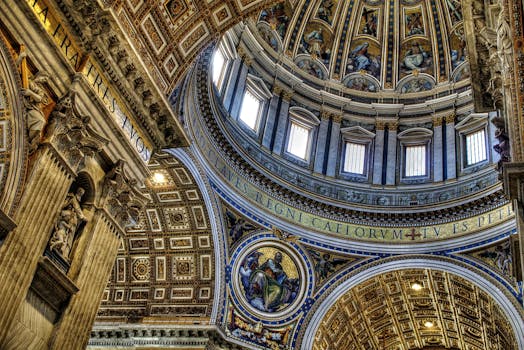
Traveling Through Time: How Europe’s Historical Heritage Shapes Modern Lifestyles in 2025
Traveling Through Time: How Europe’s Historical Heritage Shapes Modern Lifestyles in 2025. Europe, a continent steeped in history and heritage, has long been a source of fascination for travelers and historians alike. From the ancient ruins of Greece and Rome to the modern cities of London and Paris, Europe’s rich cultural landscape continues to shape modern lifestyles in profound ways. In this article, we’ll explore how Europe’s historical heritage influences modern lifestyles, from architecture to art and culture.
Architectural Heritage
One of the most visible ways in which Europe’s historical heritage shapes modern lifestyles is through its architecture. From the grand cathedrals of Gothic Europe to the sleek, modern skyscrapers of contemporary cities, the built environment reflects the continent’s complex and varied history. Many of Europe’s oldest cities, such as Rome, Florence, and Venice, have preserved their historic centers, with narrow streets, ornate fountains, and grand piazzas that evoke a sense of history and tradition. In contrast, modern cities like Berlin, Barcelona, and Amsterdam have incorporated innovative and experimental architecture that reflects their vibrant cultural scenes.
Artistic and Cultural Heritage
Evidence of Traveling Through Time: How Europe’s Historical Heritage Shapes Modern Lifestyles in 2025 can also be seen in the continent’s artistic and cultural heritage. Europe is home to some of the world’s most renowned museums, galleries, and festivals, which showcase the works of famous artists, writers, and musicians. From the Uffizi Gallery in Florence to the Louvre in Paris, these institutions provide a window into the past, highlighting the achievements and innovations of European artists and thinkers. Similarly, cultural festivals like the Venice Carnival, the Tomatina festival in Spain, and the Oktoberfest in Germany celebrate the continent’s rich cultural diversity and provide a glimpse into its history and traditions.
Food and Wine Culture
Traveling Through Time: How Europe’s Historical Heritage Shapes Modern Lifestyles in 2025 is also reflected in the continent’s food and wine culture. European cuisine is renowned for its diversity and richness, with each country and region boasting its unique specialties and ingredients. From the pasta dishes of Italy to the seafood stews of Portugal, and from the beer gardens of Germany to the wine cellars of France, the culinary landscape of Europe is a testament to its historical heritage. Many traditional dishes and recipes have been passed down through generations, reflecting the social, cultural, and economic contexts in which they were created.
Modern Lifestyles and Historical Heritage
So, how does Europe’s historical heritage shape modern lifestyles in 2025? In many ways, the continent’s rich cultural landscape continues to influence contemporary lifestyles, from the way people live and work to the way they socialize and entertain themselves. For example, the concept of the ‘piazza’ or public square, which originated in ancient Italy, has been adopted in many modern cities, providing a communal space for socializing and relaxation. Similarly, the tradition of the ‘café culture’, which emerged in 18th-century Europe, continues to thrive, with coffee shops and cafes serving as hubs for socializing, creativity, and intellectual debate.






